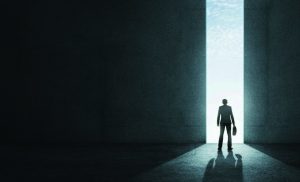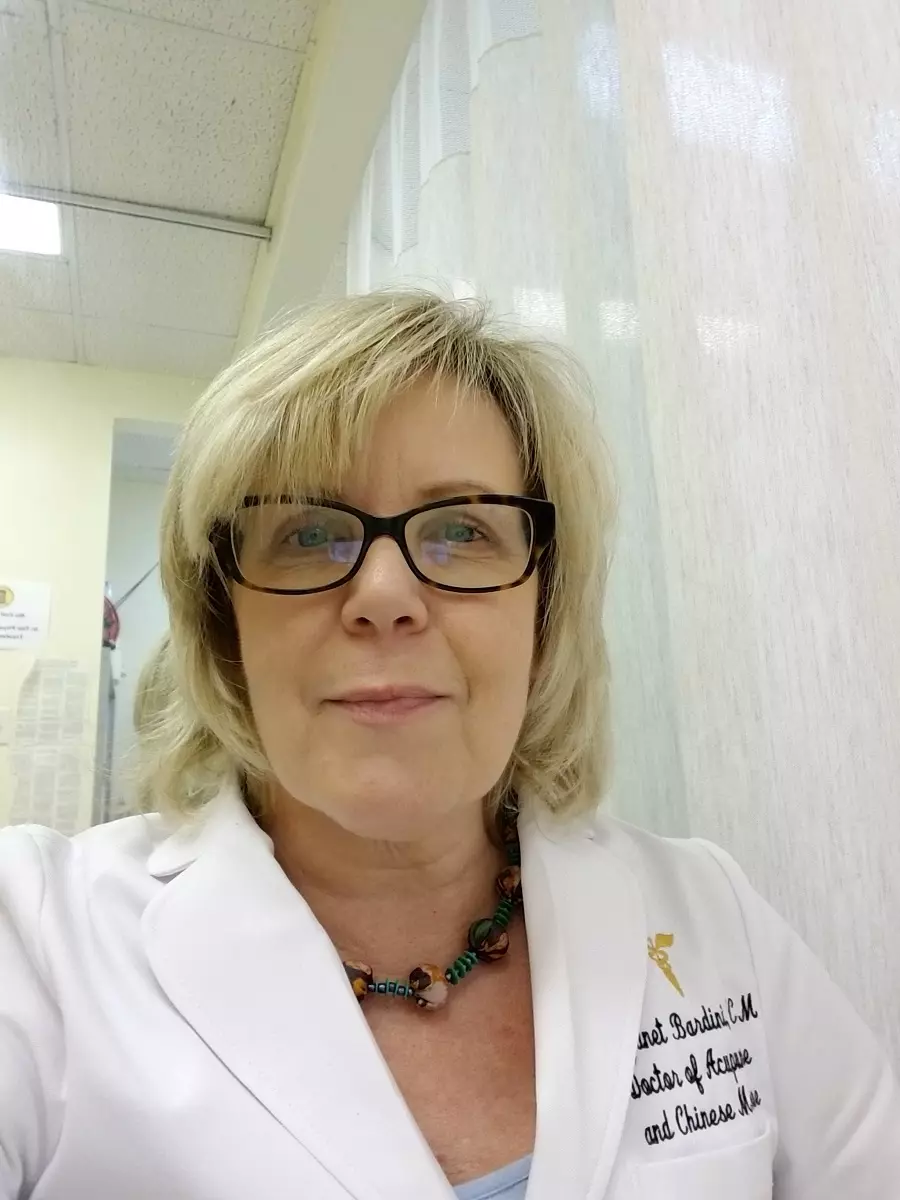The 2000-year-old medical practice of acupuncture has been brought into the 21st century through proven, effective, researched methods to treat patients in times of shock and trauma. The NADA protocol, developed in the United States by licensed physicians, is currently used on military personnel in the United Kingdom and the United States for post-traumatic stress disorder (PTSD). Community Acupuncture has been used to aid citizens during times of critical disasters such as in New York City post-9/11, in New Orleans after Hurricane Katrina, in the Connecticut community of Sandy Hook following the elementary school shootings, and in the UK for the survivors of London’s Grenfell Tower fire. This article recounts the first-hand experience of an American acupuncture practitioner at the forefront of establishing community trauma medicine in 2001.
Acupuncture’s Response to 9/11
It’s probably safe to say that most of us in New York City awoke on the morning of September 11, 2001, unaware of how our lives would change. As a student at the Pacific College of Oriental Medicine’s New York campus (PCOM), I received a call that morning from the clinic director telling me that we were under a terrorist attack and not to come in for my shift. The following day, PCOM staff members approached the Federal Emergency Management Agency (FEMA) with a new idea: licensed acupuncturists and students would offer 24/7 trauma relief on a volunteer basis to the search and rescue teams working at the World Trade Center. FEMA said yes, please come. The call went out throughout the New York acupuncture community to round up practitioners to organize a makeshift clinic at the Jacob K. Javits Convention Center on Manhattan’s west side, where the rescue workers were staying. Various acupuncture supply companies joined the cause and donated what was needed. A few days later, the clinic went into action.
The Power of Rapid Response Acupuncture
I arrived at the Javits center for my first shift the weekend following the attack. Massage tables were lined up in rows where rescue workers were resting for treatments. There were many workers from the New York City metropolitan area, as well as from other places in the United States. Military personnel were also on hand, protecting the site. The workers came in exhausted, dazed looks in their eyes. The acupuncturist supervising the makeshift clinic gave me the following instructions: limit the conversation to asking how can I help. Do not start a conversation about what the worker had witnessed. Since I was not yet licensed to treat with needles, I was instructed to do tui na manual therapy and reiki healing using essential oils. I assisted licensed acupuncturists who provided treatment using the NADA protocol. During those shifts, I witnessed first-hand the power of auricular therapy to transform trauma into peace. The first rescue worker I treated was a man in his early 20s from Kansas. He could hardly form a sentence before getting on the table. The supervising acupuncturist treated him using the NADA protocol and body acupuncture. I did a reiki treatment on him while the needles were in place for 30 minutes. Following the treatment, I could see the shen returning in his eyes. He continued treatments throughout his tour and told me he could sleep better and handle the stress of working at Ground Zero with the aid of acupuncture.
Are you interested in becoming a certified acupuncture professional?
Visit the links below to explore our specialized acupuncture programs at a campus near you:
Simultaneously, another group of acupuncturists and health care practitioners formed a volunteer team in downtown Manhattan. Lead by New York City acupuncturist Wendy Henry, CRREW (Community Relief and Rebuilding through Education and Wellness) was established with the goal of organizing practitioners to treat trauma victims during times of crisis. In the days following the 9/11 attacks, the CRREW team were on-site, treating staff members at the PAPD trailers at Ground Zero and at St. Vincent’s Hospital in Greenwich Village. CRREW also used their grassroots effort to treat the New York City community at firehouses, synagogues, and churches.
In the aftermath of 9/11, acupuncturists in the United States decided it was a good idea to further the development of ‘rapid response acupuncture’. CRREW continued their mission in the United States, organizing community acupuncture clinics during other times of crisis, following Hurricane Katrina in New Orleans in 2005 and after 2012’s Hurricane Sandy in New York City. CRREW operates as needed. Acupuncturists Without Borders was founded by acupuncturist Diana Fried in September 2005 following Hurricanes Rita and Katrina, and now have a worldwide presence training practitioners to treat trauma.
Global Reach of Acupuncture Relief
In 2012, another catastrophic event unfolded in the United States. On the morning of December 14, twenty young students and six adult staff members of Connecticut’s Sandy Hook Elementary School system were shot to death by a lone gunman. Members of the Connecticut Society of Acupuncture and Oriental Medicine (CSAOM), with the aid of Acupuncturists Without Borders, organized a makeshift acupuncture clinic in the Newtown community. A local merchant graciously granted CSAOM an empty retail space to form the clinic. Calls were made to acupuncture supply companies to donate, and for licensed practitioners to volunteer. I signed up for a few weekend shifts. These were the shifts where the presence of acupuncture services made a tremendous difference to treating trauma. Residents walked into the makeshift clinic with blank expressions, some even unable to talk. I heard stories of residents unable to sleep, eat, or work. The supervising acupuncturist organized residents into seated circles while practitioners treated using the NADA protocol. As word went out about this clinic, the Newtown community quickly came out each weekend to receive treatment. I remember one Saturday afternoon where we treated about fifty residents in a single four-hour shift.
Rapid response acupuncture has found its way into a number of U.S. communities following various natural disasters and gun violence. Acupuncturists in Joplin, Missouri treated victims who survived a catastrophic EF5 hurricane in 2011. Following the mass shootings at a cinema in Aurora, Colorado in 2012, and after the Boston Marathon bombing in 2013, local acupuncturists organized rapid response acupuncture services. In May 2013, a destructive EF5 tornado struck Moore, Oklahoma and adjacent areas, killing 24 people and injuring 377 others; local acupuncturists set into motion an emergency acupuncture clinic. Acupuncture groups were formed in Las Vegas, Nevada to help those affected by the killings of a mass shooter during a country music concert in October 2017. Acupuncturists are also gathering in Northern California following the wildfires in Sonoma and Napa.
New York acupuncturist Joan Boccino’s organization, the Integrative Health Project (IHP), provides Traditional East Asian Medicine (TEAM) treatments and training to the underserved Latin American community. IHP is currently working with another non-profit group, Proyecto Salud y Acupunctura para el Pueblo (Health and Acupuncture Foundation for the People), to aid the New York Latino community traumatized by the most recent Caribbean hurricanes (www.theintegrativehealthproject.org).
Acupuncture Ambassadors is a U.S.-based nonprofit organization founded by acupuncturist Anthony M. Giovanniello. Their mission is to organize acupuncture training and treatment clinics worldwide to care for refugees, victims of violence, victims of war and international conflict, and others suffering from PTSD.
ACUPUNCTURE PROTOCOLS
The most commonly used protocol for PTSD is the NADA 5 point auricular protocol (Shen Men, Lung, Liver, Kidney, Sympathetic). In 1974, Dr. Michael Smith and his staff at the Lincoln Recovery Center in the South Bronx developed the protocol to treat a growing addiction problem. In 1985, the National Acupuncture Detoxification Association was incorporated. NADA continues to function worldwide in training practitioners to treat mental health disorders.(www.acudetox.com).
Battlefield Acupuncture was developed by retired Air Force Colonel Richard Niemtzow, MD as a way to address PTSD and prevent opioid addiction in the U.S. military. The auricular point prescription (Omega 2, Shen Men, Point Zero, Thalamus, Cingulate Gyrus) is one of the protocols currently in effect in U.S. military hospitals.
CONCLUSION
My work in rapid response acupuncture continues today. In March of 2014, a gas explosion leveled an East Harlem New York building. I organized a small group of practitioners to offer acupuncture trauma relief to the community and worked out of storefront churches around East 116th Street. After the Grenfell Tower fire in London this past June, I posted a message on Acupuncturists on Facebook to contact me should they need my assistance. I am happy to have connected with practitioners Sheira Chan and Gisela Norman when they reached out to me for guidance and support as they formed Emergency Acupuncture services in the Latimer Road area. Currently I am volunteering my services with CRREW to treat the New York Puerto Rican community.
The impact of serving my community in emergency situations has been a humbling experience. It has also been a challenging one. As a practitioner who has witnessed trauma, there have been situations where I myself have felt overwhelmed. During our time in Newtown, we made sure each of us also received acupuncture treatment to keep grounded.
Our medicine shines in treating trauma and shock. In today’s world of weather catastrophes, gun violence and social upheavals, our fragile psyches are subjected to falling apart. This is the opportunity for acupuncturists worldwide to put together a plan ahead of time. I encourage practitioners to start the process now: go into your community and set up community acupuncture clinics, create a buzz, gain the support of your fellow citizens. Please also make sure you are not only a giver, but also a receiver of acupuncture services for trauma.
This article was first published in the European Journal of Oriental Medicine Volume 8 No 6, 2017.
Featured Posts:

